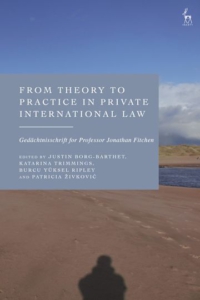Cross-Border Litigation and Comity of Courts: A Landmark Judgment from the Delhi High Court
Written by Tarasha Gupta, student, Jindal Global Law School, Sonipat (India) and Saloni Khanderia, Professor, Jindal Global Law School
In its recent judgment in Shiju Jacob Varghese v. Tower Vision Limited,[1] the Delhi High Court (“HC”) held that an appeal before an Indian civil court was infructuous due to a consent order passed by the Tel Aviv District Court in a matter arising out of the same cause of action. The Court deemed the suit before Indian courts an attempt to re-litigate the same cause of action, thus an abuse of process violative of the principle of comity of courts.
In doing so, the Court appears to have clarified confusions arising in light of the explanation to Section 10 of the Civil Procedure Code, 1908 (“CPC”), on one side, and parties’ right to choice of court agreements and forum non conveniens on the other. The result is that, as per the Delhi HC, Indian courts now ought to stay proceedings before them if the same cause of action has already been litigated before foreign courts.

 Written by Justin Borg-Barthet, Katarina Trimmings, Burcu Yüksel Ripley and Patricia Živkovic
Written by Justin Borg-Barthet, Katarina Trimmings, Burcu Yüksel Ripley and Patricia Živkovic